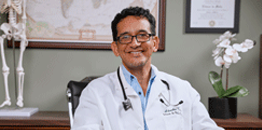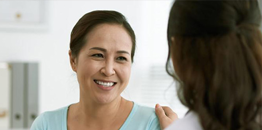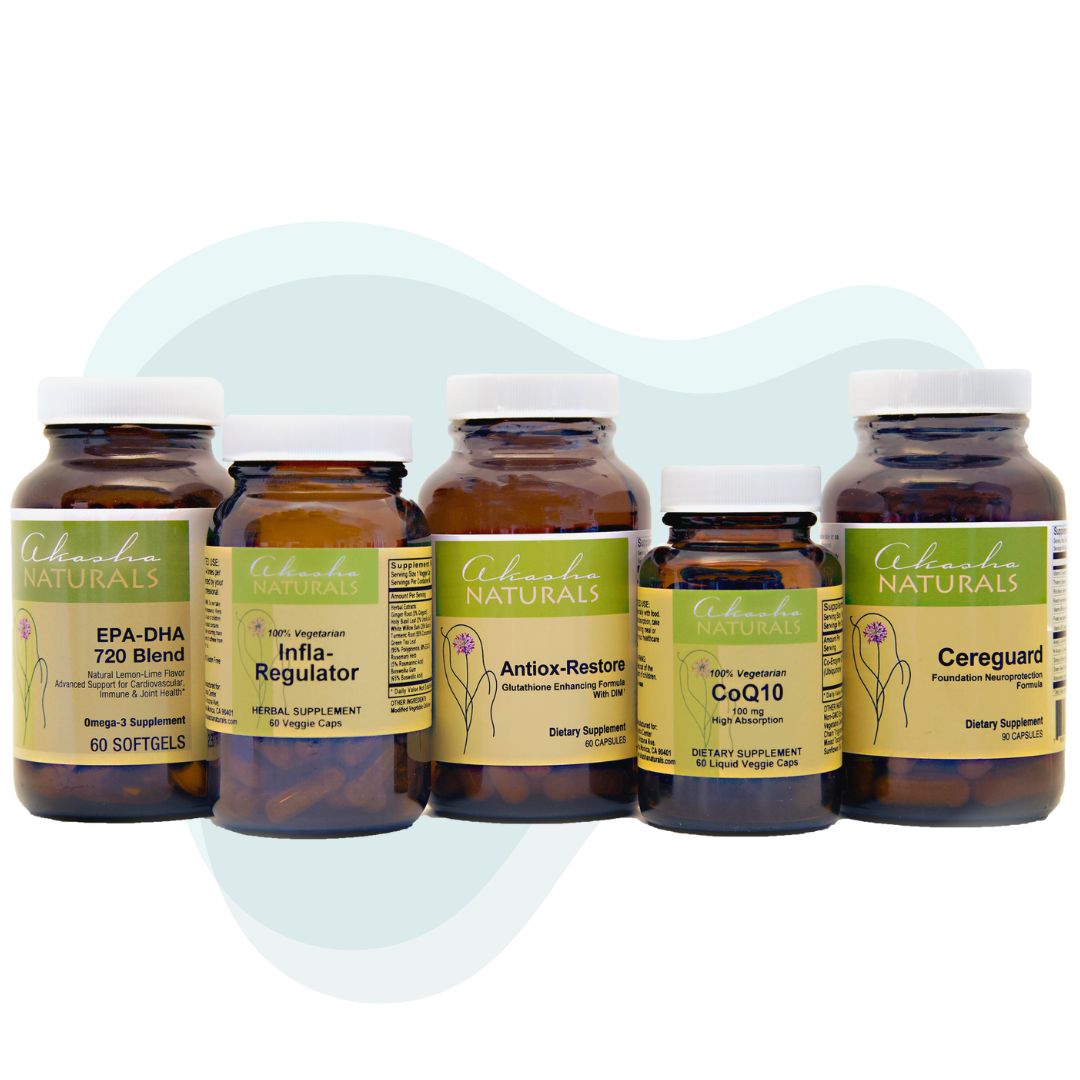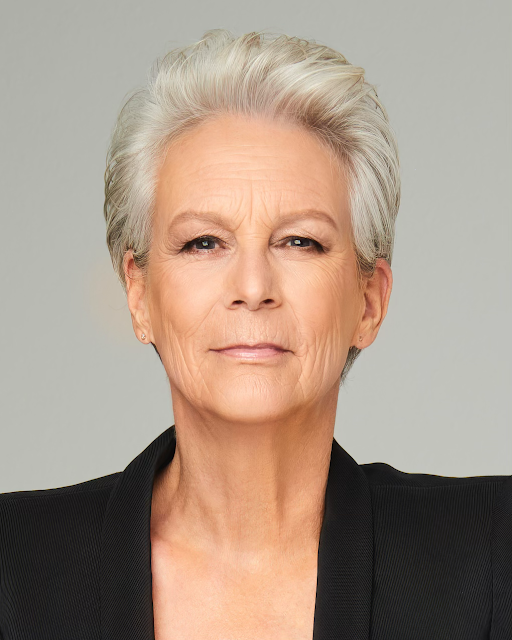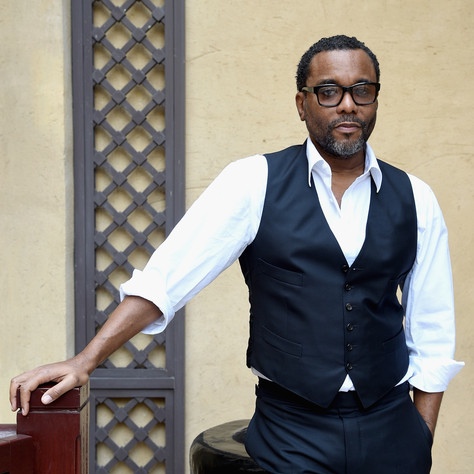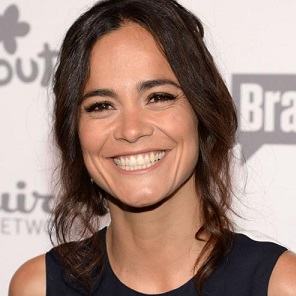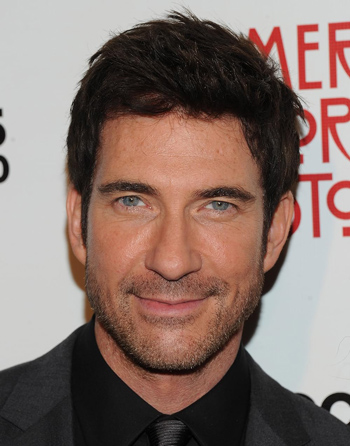Regenerative Pain Clinic
Pain: A term that describes uncomfortable sensations in the body. It is caused by activation of the nervous system and can range from annoying to debilitating. It may feel like a sharp stab or dull ache. It may also be described as throbbing, pinching, stinging, burning, or sore. Regenerative Modalities:
Why Choose the Akasha Center for Integrative Pain Management?
Personalized; The cause of your pain is as unique as you are. An individualized treatment plan is created for you by a diverse team of health professionals, helping you get the most out of your health.
Integrative: The Akasha Center provides you access to a team of certified professionals in conventional and natural therapies, yielding better long-term- results and improvement in your quality of life.
Root-cause: That’s our goal. Without knowing what lies beneath the surface, a long-term resolution of your pain is hard to find
Is pain stopping you from living a full life? Have conventional pain management modalities stopped working? WE CAN HELP YOU!
Our Practitioners Who Specialize in Pain Relief
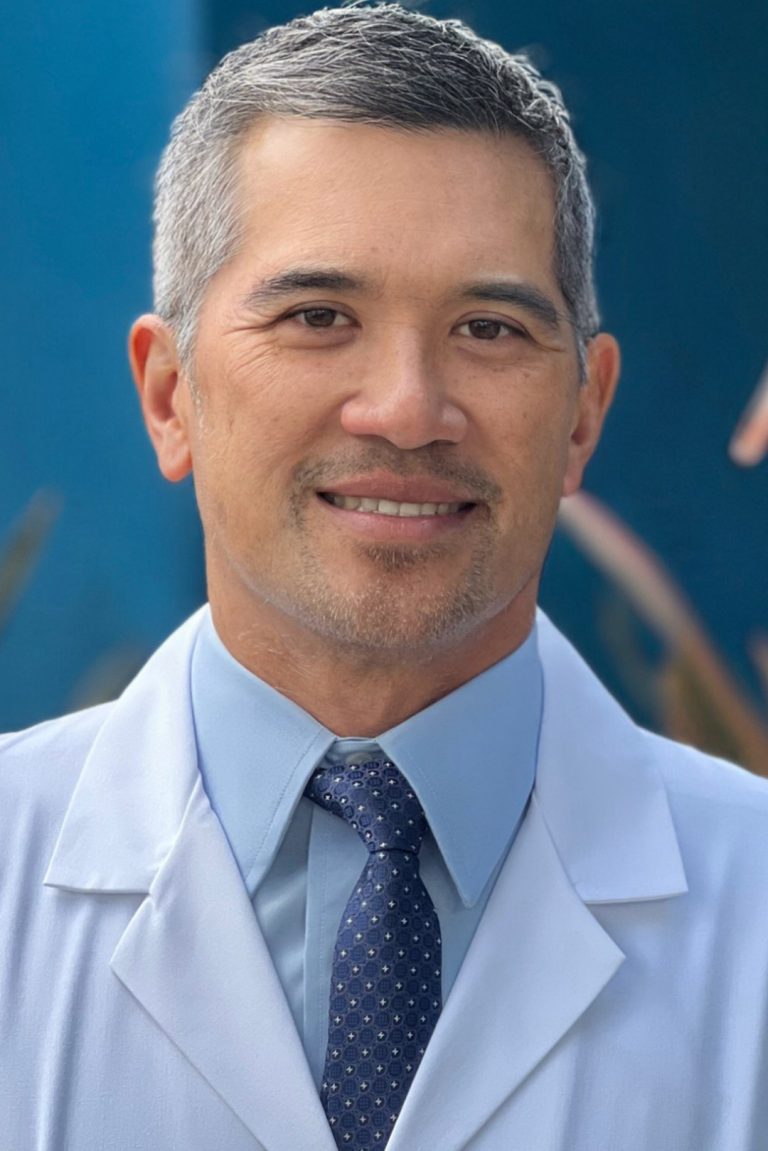
Leland Dao, DO
Osteopathic Physician
Sports Medicine & Primary Care
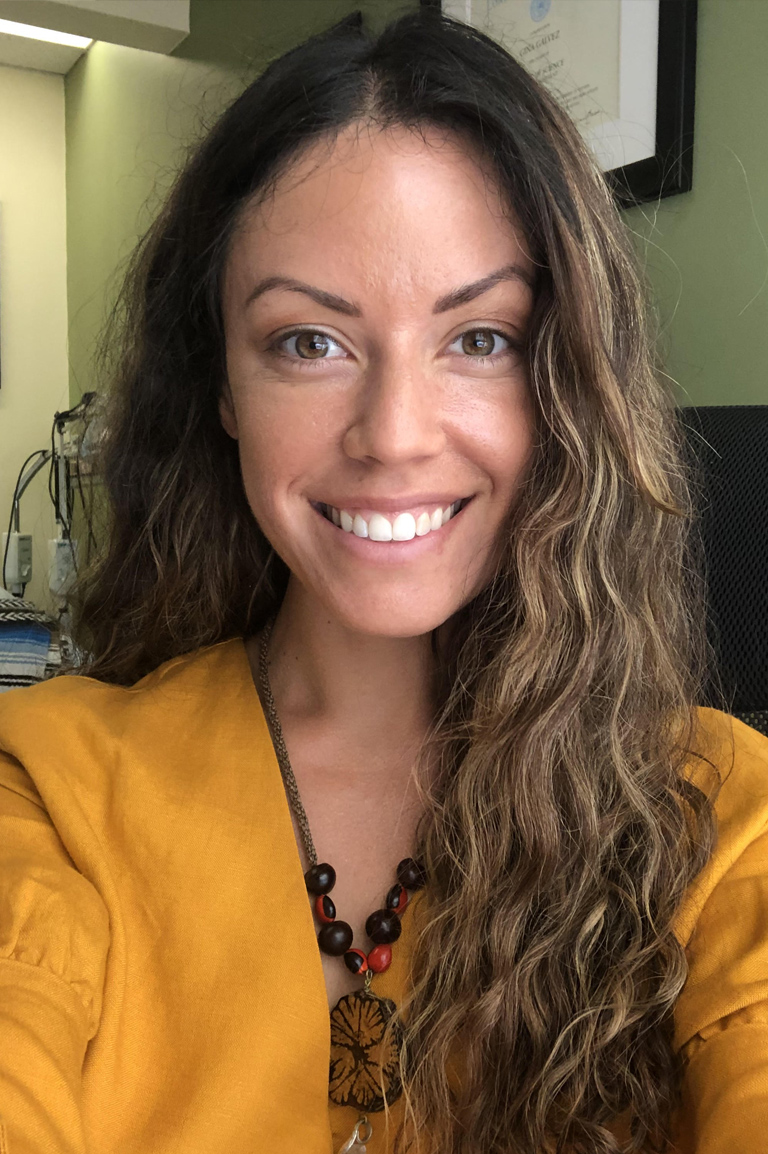
Gina Galvez, M.S., PA-C
Integrative Physician’s Assistant & Regenerative Clinic Coordinator
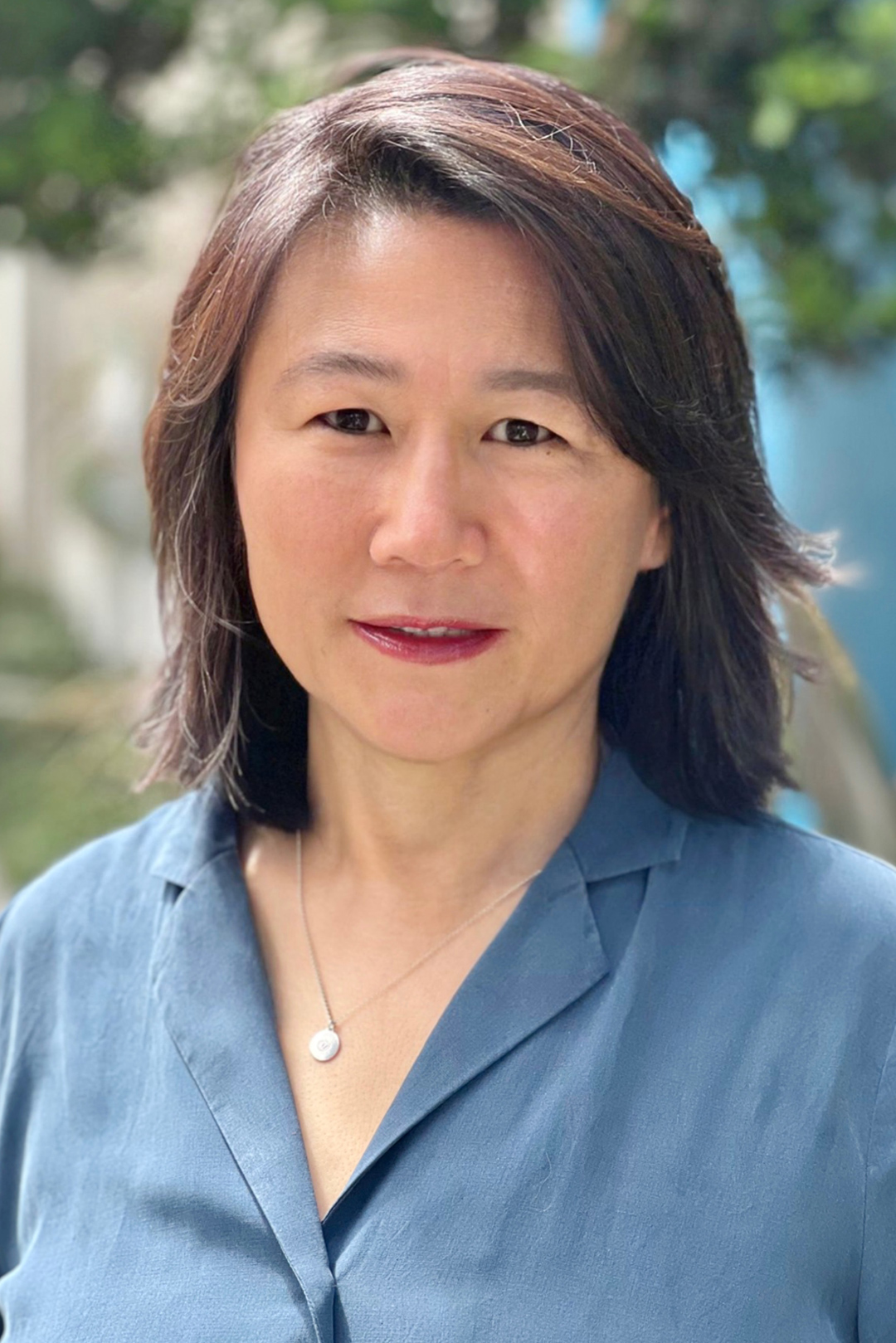
Yi Qiao, L.Ac., OMD
Acupuncture & Chinese Medicine
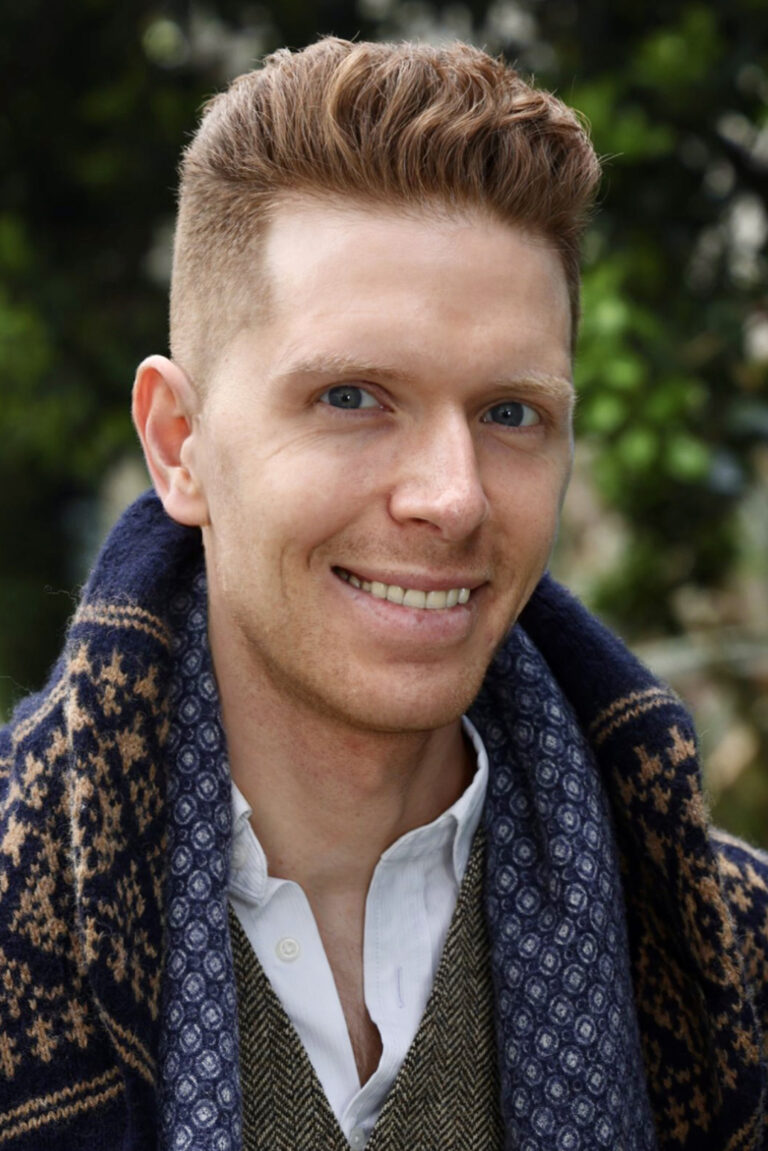
Michael Regan, L.Ac
Acupuncture & Chinese Medicine
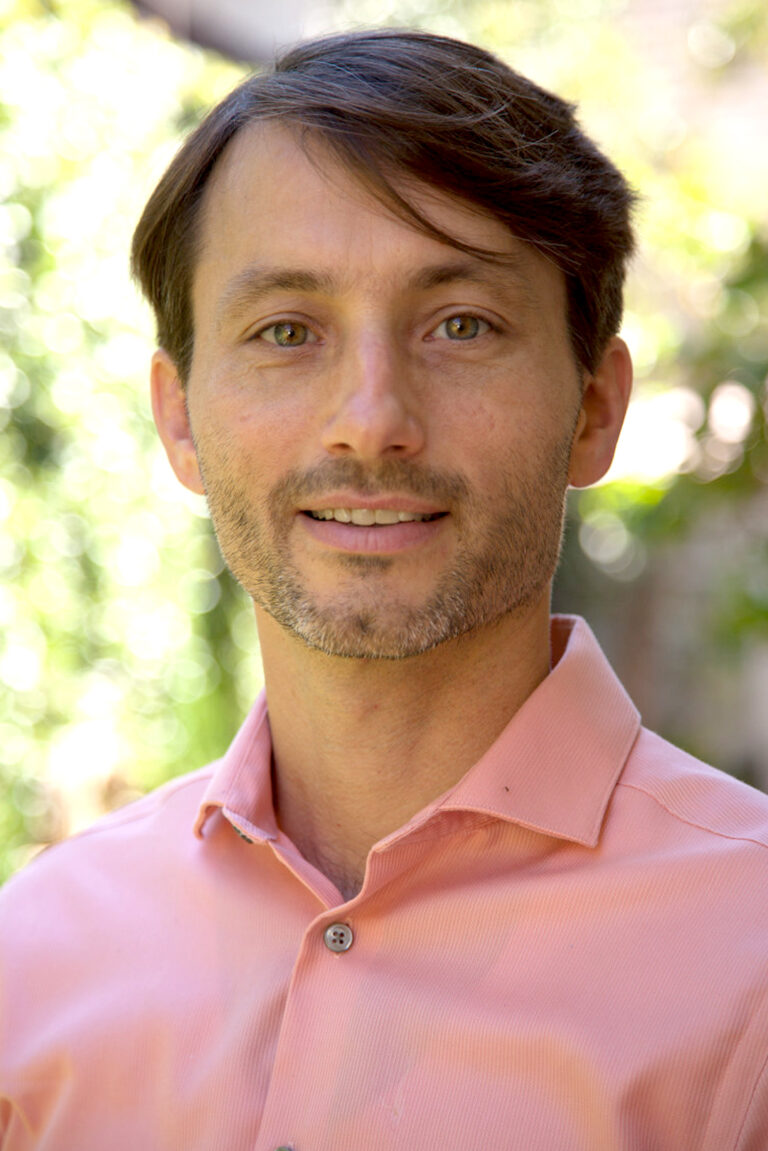
Kevin Kunkel, MA, CMT
Certified Massage Therapist
Licensed Marriage & Family Therapist
At Akasha Center, we start by conducting a comprehensive and integrative assessment of the root cause of your pain.
Traditional medicine may provide a temporary resolution of your pain but treating the symptom, not the cause, is not long-lasting. The best treatment approaches involve integrating the ever-growing technological advances of traditional medicine with personalized integrative approaches, such as acupuncture, physical therapy, mediation, nutrients, etc., to help you regain control of your health.
The first consultation begins with an in-depth history, an investigation of what has and has not worked, plus a physical and psychological examination. A personalized treatment plan is designed by our team of experts with years of experience in pain management, including our expert Physiatrist (bone and joint specialist, pain-injections specialists, Physical therapist, acupuncture, bodyworker, psychologists specializing in pain, and more.
The result is a better understanding of the root cause of your pain, improved pain levels with fewer flare-ups, and better

